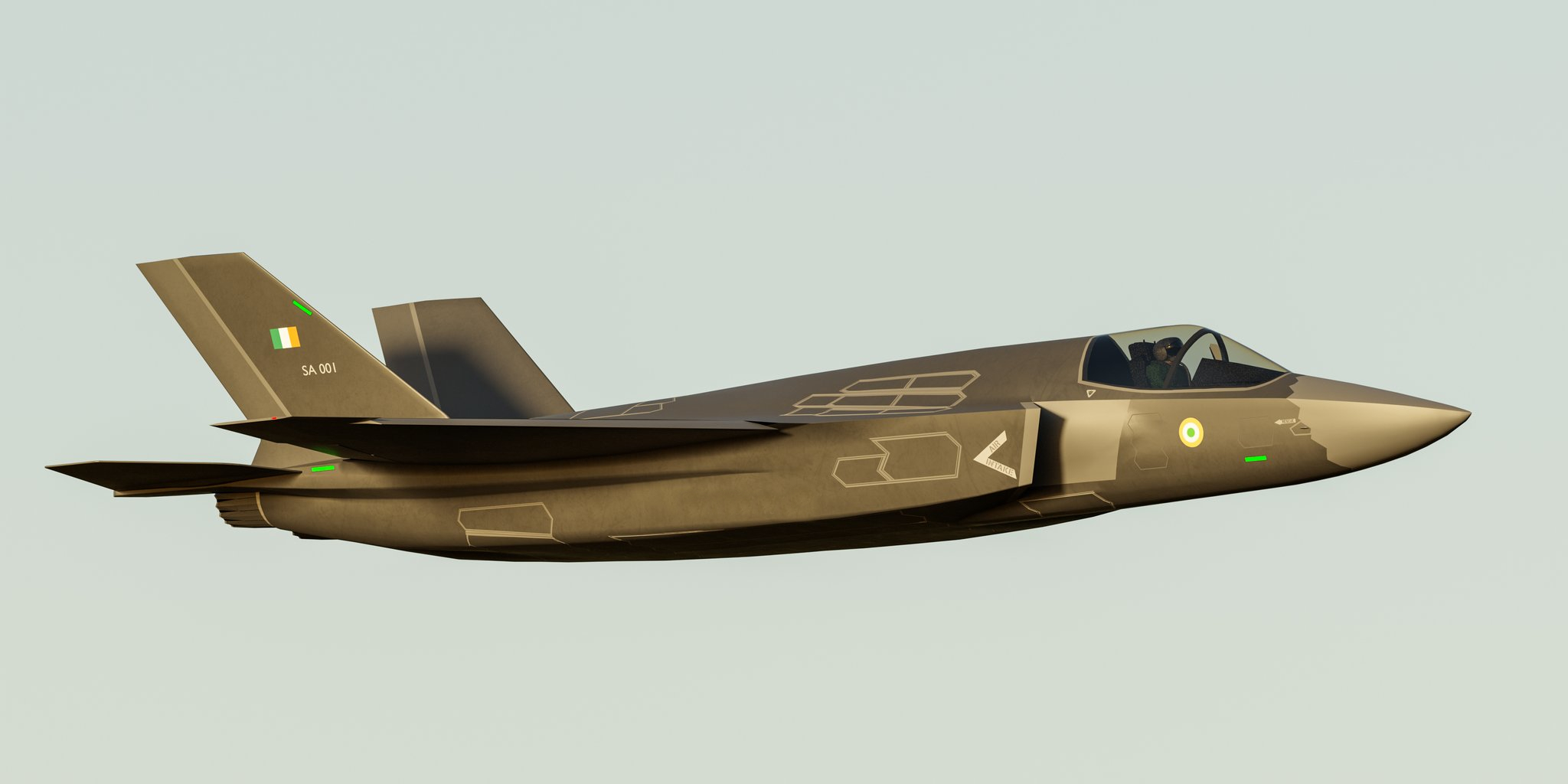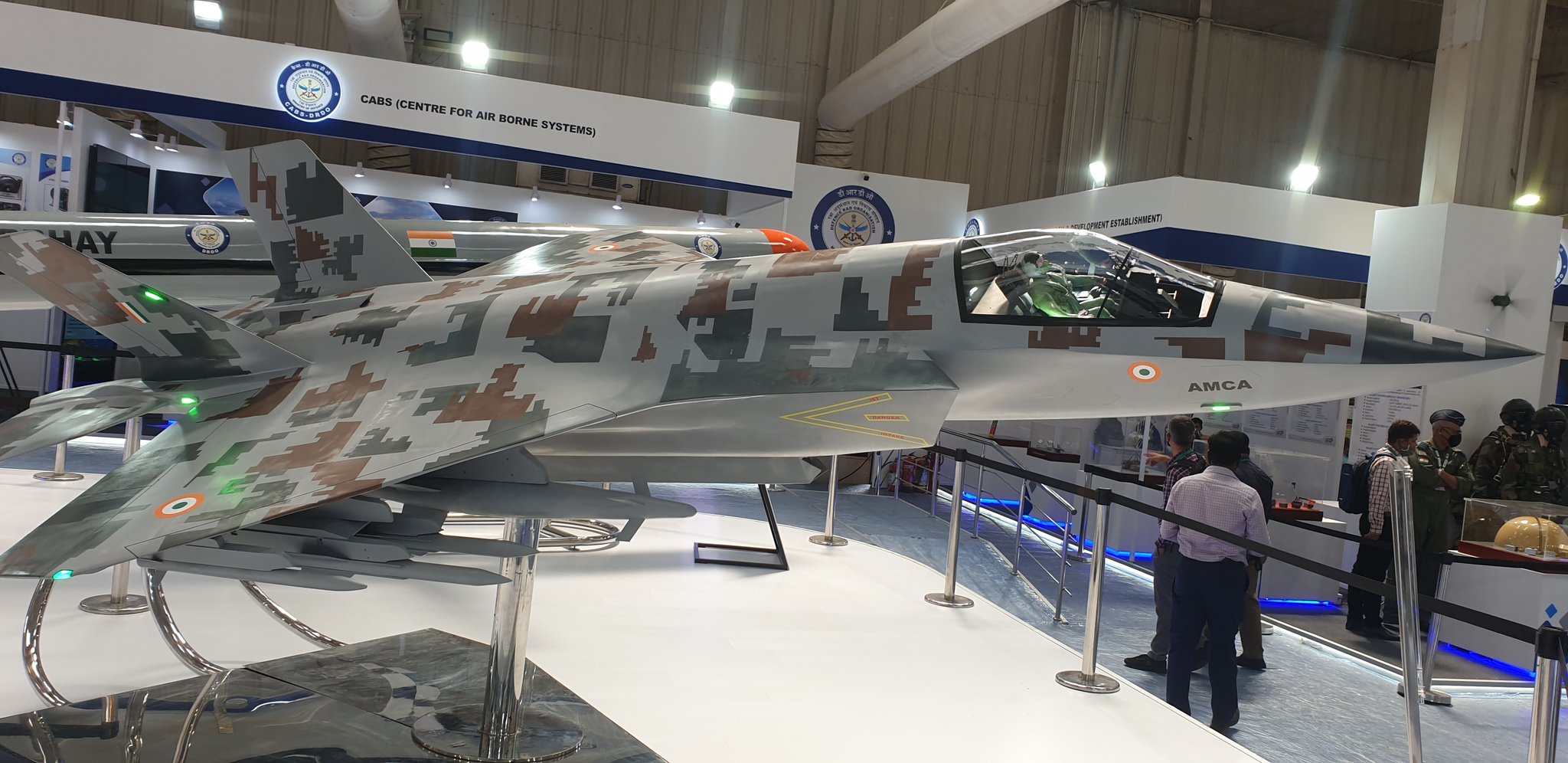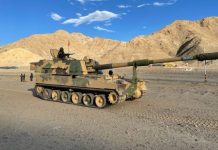India and France are close to signing an agreement for the joint development of a 125KN engine, which would power the former’s fifth-generation Advanced Medium Combat Aircraft (AMCA), according to reports.
The deal is expected to be signed in the coming months. “The talks between the officials of DRDO and the French company Safran are going on and the final agreement is expected to be sealed in the next one or two months,” an India official was quoted as saying by The Financial Express.
During his recent visit to France, India’s External Affairs Minister S. Jaishankar met with French Defense Minister Florence Parly to discuss the joint collaboration for the engine development for AMCA.
When Parly had visited India last December, the partnership on the AMCA engine was one of the matters that were discussed. India’s Defense Minister Rajnath Singh had also indicated a prospective collaboration with a big French company.

During Aero-India 2021, HAL’s CMD mentioned a possible collaboration with a foreign company to manufacture engines for AMCA. In the same year, the government informed Parliament that it plans to work with a foreign manufacturer to produce indigenous engines for Light Combat Aircraft (LCA) variants and AMCA.
The French firm has already contributed to the development of an engine for the Advanced Light Helicopter (ALH) ‘Dhruv’. Hindustan Aeronautics Limited (HAL) and Safran collaborated on the Shakti engine, which powers the ALH and its several derivatives.
AMCA And IMRH Programs
R Madhavan, chairman of the state-owned HAL, said the company is attempting to develop the next-generation AMCA and Indian Multi-Role Helicopter (IMRH) using a special purpose vehicle (SPV) model that involves private partners.
“We are trying to implement the projects through the SPV route where we want the private players to have a majority stake so that it does not become a full government entity,” Madhavan said during the Ministry of Defence’s webinar ‘Aatmanirbharta in Defence: Call to Action’ on February 26. “The procurement process will also be easy. The advantage is that it will cut procedural delays. On AMCA, we are working with DRDO.”
He went on to say, “SPVs cannot raise debts based on the sponsor’s assets. So, it has to create assets or they have to ensure that the financing institute has a say in the cash flows of the future. We have worked that out. There are a couple of things which are required from the government as guarantees for the SPV to function.”

He went on to say that one of the things that would happen is that there will be a predetermined order quantity that should be known to the SPV from the start. Assume there are 400 helicopters; the government must inform the SPV ahead of time.
Second, once the design development is complete, there will be no delay in placing orders because any delay will result in the SPV having difficulty repaying the debt as well as the investment that they have made, he added.
“Private industries should also have confidence in Indian development, especially the defense public sector units. There is not much of a risk involved in the subsequent development of a new platform through the SPV route even if it is AMCA or IMRH.”
Russian Mi-17 helicopters will be replaced by IMRH. Under the special purpose vehicle (SPV) model, Union Finance Minister Nirmala Sitharaman announced that the private sector will be allowed to design and build equipment in conjunction with the Defence Research Development Organisation (DRDO) and other organizations.
The provision for the creation of a special purpose vehicle (SPV) for the design, development, and manufacturing of significant defense equipment aims to enable concurrent engineering and production in shorter timeframes.
Last week, at an event, Girish S. Deodhare, Director-General of the Aeronautical Development Agency under MOD, stated that the AMCA configuration and preliminary service quality requirements (PSQR) have been frozen.
The aircraft’s preliminary design review is complete, and the critical design review (CDR) is scheduled for later this year. The aircraft is projected to be built in 2024, with the first flight taking place in 2025.
The AMCA will be produced in stealth and non-stealth versions and will be built in two phases: an AMCA MK1 with an existing GE414 engine and an AMCA Mk2 with a jointly developed enhanced, more powerful engine, according to Deodhare.
Officials stated that once the agreement with France is signed, the development of the aircraft and engine will proceed in parallel to meet the deadlines.
- Contact the author at ashishmichel@gmail.com
- Follow EurAsian Times on Google News




